Home > Climate News >
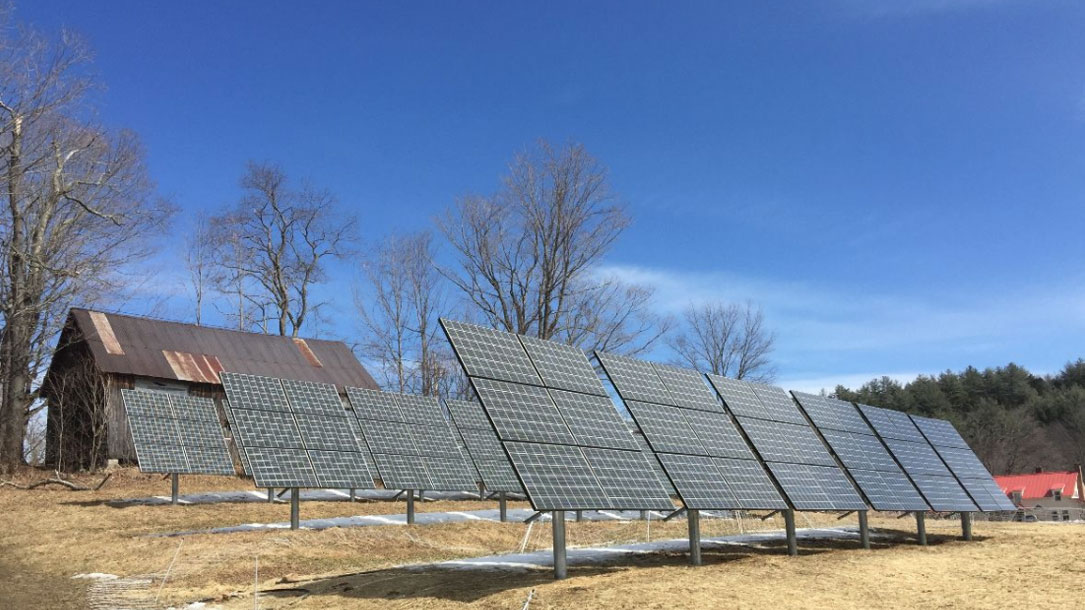
What businesses [including land trusts] should know about the evolution of rural solar
Solar projects certainly are growing rapidly throughout the United States, with total installed capacity just shy of 70 gigawatts and a contracted pipeline of 27.9 GW, according to SEIA. A recent Wall Street Journal analysis of EIA data reported that solar projects occupied 258,000 acres in 2018, while NREL estimates that solar will occupy 3 million acres by 2030.
That may be a small fraction of the nearly 900 million acres of farmland in the United States (PDF), but it’s enough to make agricultural communities apprehensive about the advance of solar onto previously pastoral land. While landowning farmers are grateful for the steady income that comes from leasing to solar projects, others in rural areas—including many state agricultural departments—are still grappling with what the growth of solar will mean for their concept of rural land and role as agricultural boosters…
And with wind and solar cropping up in more rural communities, the bar is being set higher. “The future for renewable energy has to include a sustainable land use component,” Hoosier Energy’s Cisney said. In leveraging new partnerships and co-location opportunities among developers, farmers and local communities, rural America has the potential to assume a more active leadership role in cooperatively advancing the clean energy transition…

One of the world’s biggest investors is preparing its $178B portfolio for climate change
Dutch investment giant PGGM is undertaking a radical exercise to find out which assets and areas in its portfolio are most exposed to climate change and using the data to shape future investment decisions, including where it buys new buildings.
PGGM owns stakes in 4,000 assets around the world with a total value of €160B ($178B). Its equity stake in that portfolio is €14B ($15.5B). With the roughly $16B of listed real estate stocks it also owns, it is the world’s 12th-largest owner of real estate, according to IPE Real Assets…

Urban forestry takes on the world. But first, Rhode Island
Among dozens of new trees transforming a muddy Catholic elementary schoolyard, the pastor opened his Bible only a handful of pages, going full Old Testament in his impassioned spiritual plea for more trees.
Beside him stood Rhode Island’s Governor Gina Raimondo, who had just given an equally impassioned speech about the many scientific and public health benefits of trees. And when the children were unleashed with shovels to plant the final tree, it reminded everyone what perspective matters most: creating a stable future together…
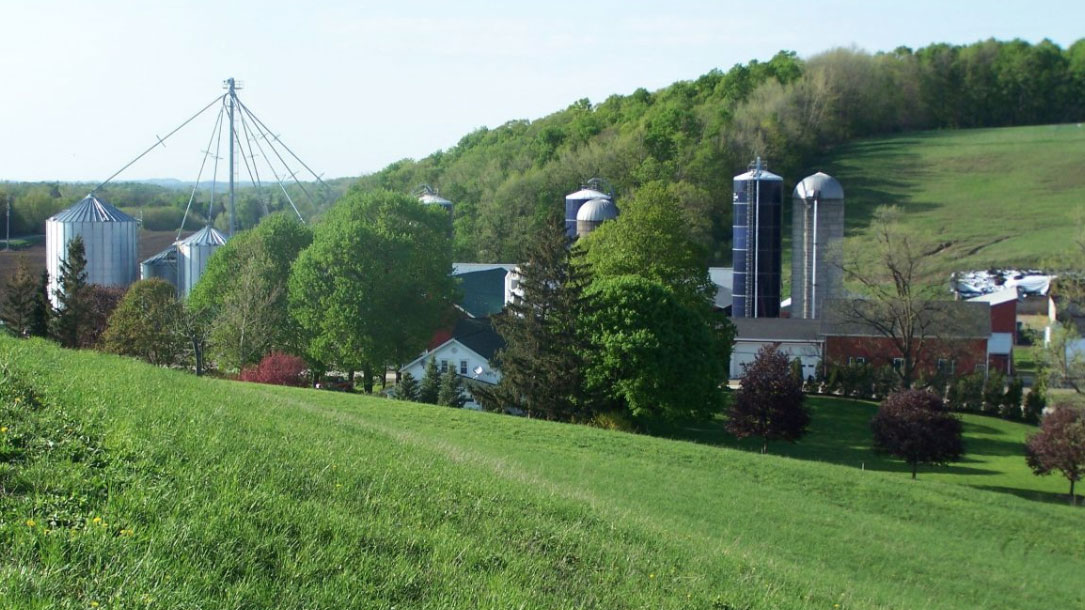
Startups aim to pay farmers to bury carbon pollution in soil
Last summer, Boston-based Indigo Agriculture made headlines in business media with the announcement of its Terraton Initiative, which aims to pay growers to sequester one trillion tons of carbon dioxide.
Although Indigo is involved in a range of farm-related activities, from microbial seed treatments to agronomy (expert farm consulting, essentially) and crop transportation, soil carbon is a major focus. The company has promised that farmers who signed up for its carbon program before the end of 2019 will receive at least $15 per metric ton sequestered. Payments will be financed partly through the sale of offsets, which go for $20 per ton. As of late January, growers had committed more than 17 million acres to the program, according to Indigo’s website…
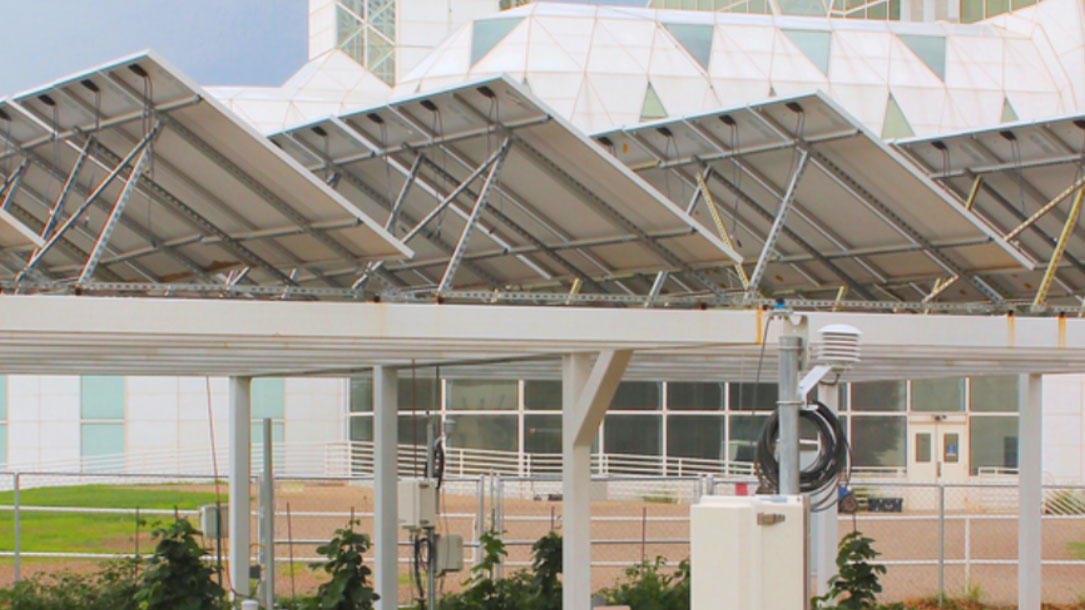
Agrivoltaics: Solar panels on farms could be a win-win
The solar panels in the fields at the University of Massachusetts Crop Research and Education Center don’t look like what most of us have come to expect. Instead of hunkering close to the earth, they’re mounted seven feet off the ground, with ample room for farmers or cows to wander underneath.
Panels are separated by two and three-foot gaps, instead of clustering tightly together. Light streams through these spaces and, underneath, rows of leafy kale and Brussels sprouts replace the typical bare earth or grass…
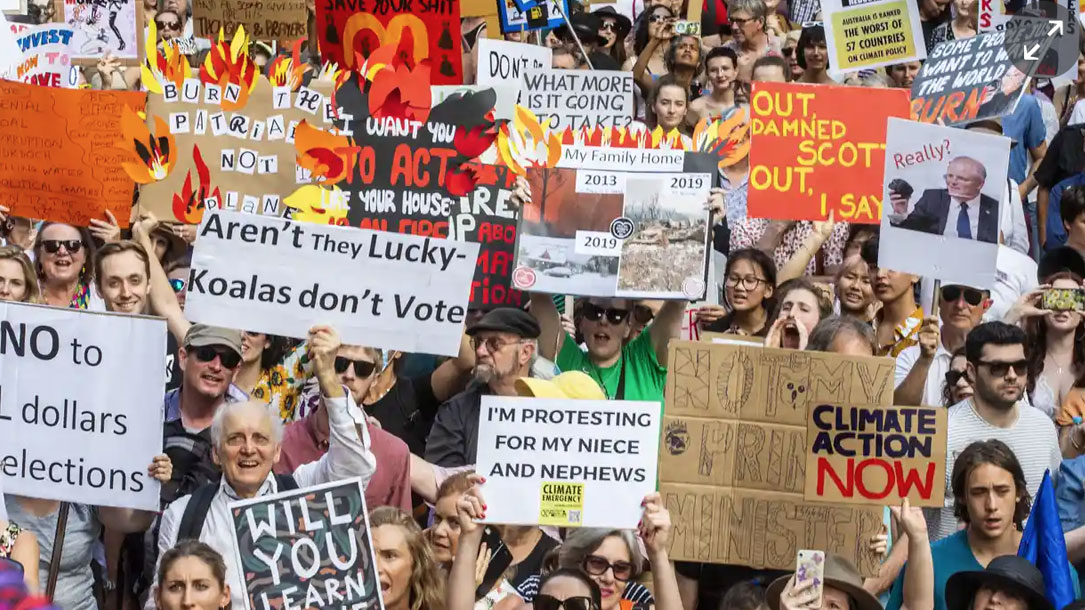
World’s biggest fund manager vows to divest from thermal coal
“BlackRock, the world’s largest fund manager, has announced it will put sustainability at the heart of its investment decisions.
In his annual letter to chief executives, the BlackRock boss, Larry Fink, writes that the climate emergency is altering how investors view the long-term prospects of companies. “Awareness is rapidly changing, and I believe we are on the edge of a fundamental reshaping of finance.”
Fink acknowledges that financial markets have been slower to reflect the threat to economic growth and prosperity posed by the climate crisis than protesters who have taken to the streets, including during the Extinction Rebellion demonstrations…”

Tourism organizations reckon with wildfire
“A warmer and drier climate is expected to make wildfires worse, raising tough questions for regional marketers promoting the outdoors. Stretching from the northern edge of Crater Lake National Park to the Pacific Ocean, the 215-mile Rogue River serves as the lifeblood of the southern Oregon tourist economy, reliant on whitewater rafters, hikers and anglers each summer.
Brad Niva purchased Rogue Wilderness Adventures in 2006 and grew the company’s presence in that tourist economy, offering rafting, hiking and fishing trips on the river. At the height of the busy season each summer, Niva oversaw a staff of more than 100…”
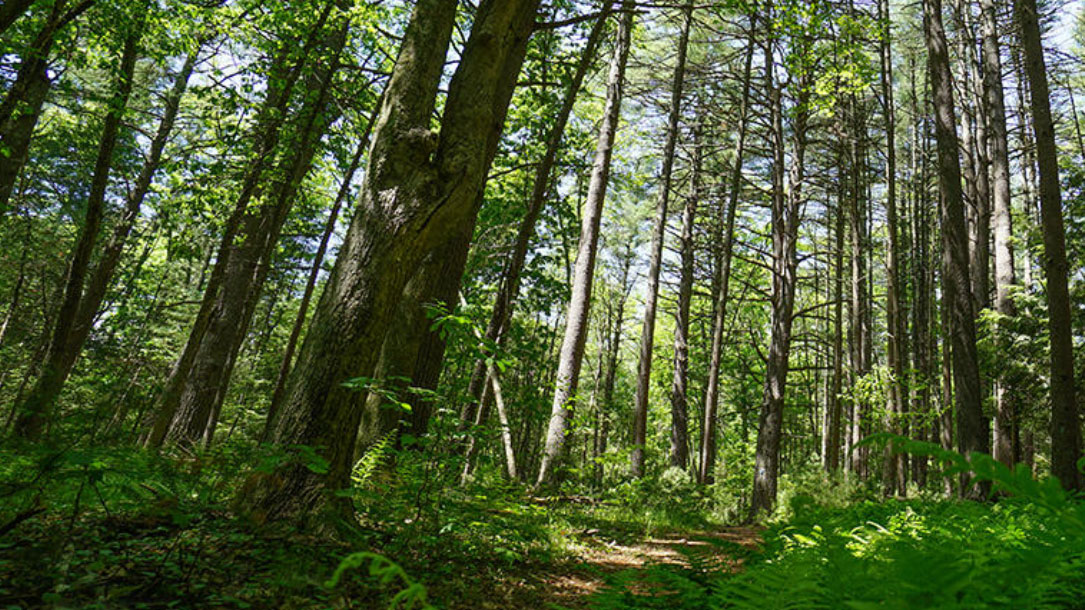
Capturing carbon in Mass Audubon forests
“Mass Audubon is committed to fighting climate change through conservation, advocacy, and education. And we are always looking for innovative ways to make a real and lasting impact. Our recent entry into the California Air Resources Board (CARB) carbon offset market is a prime example.
Establishing a price on carbon is an effective way to harness economic pressure to force carbon emissions reductions, but no policy has yet been implemented at the federal level. The best model is California’s comprehensive carbon emissions reduction campaign, which includes a cap-and-trade program for industries…”
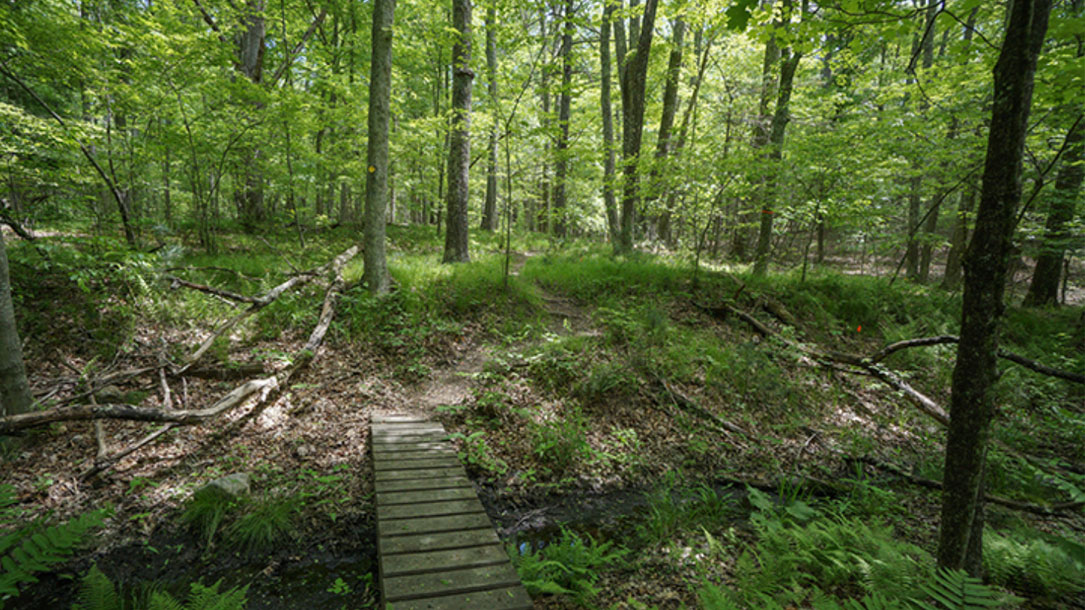
The role of land conservation in fighting climate change
At Mass Audubon, [their] land conservation strategy is directly linked to climate change mitigation and adaptation. As the largest private land owner in Massachusetts with more than 38,000 acres protected, [they] know how critical land conservation and effective land management is in the age of climate change.
[Their] recent entry in the California Air Resources Board (CARB) carbon offset market ensures that 10,000 acres of forested land will be protected for the next 100 years, ensuring the carbon stored in this critical landscape remains there…
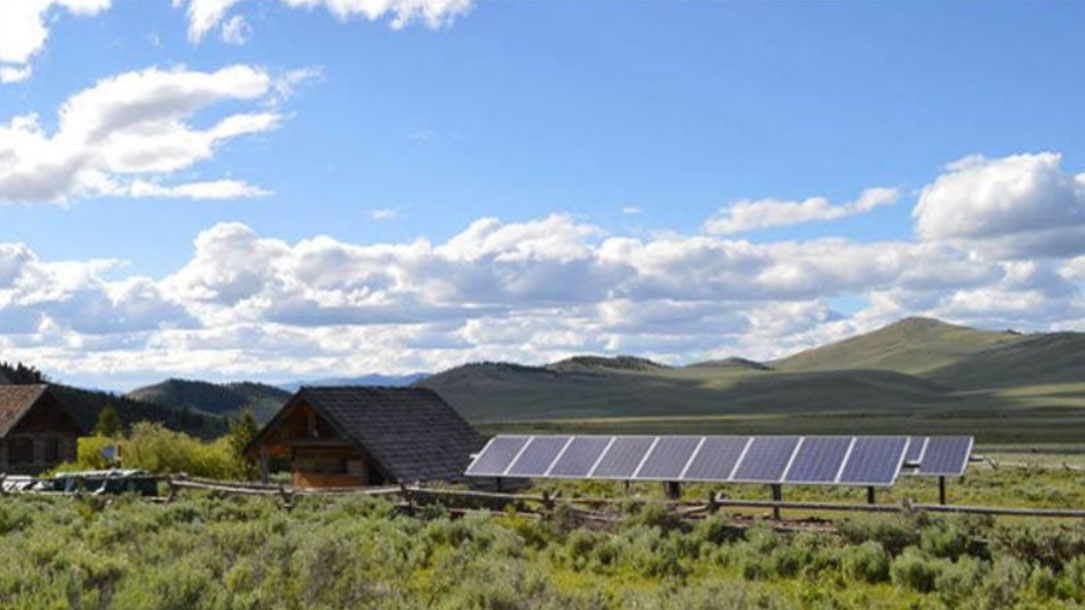
Solar for conservation
“GVLT is proud to have conserved over 45,000 acres across our region. While protecting land from development and fragmentation is the first step, protecting the ecological integrity of our natural resources is equally as important which is why we’re proud to announce a partnership with On Site Energy. What’s the connection between land conservation and solar energy?
Fish need cold, clean water to survive, and rivers need high altitude snow pack to keep them flowing throughout hot summer days. Ranchers and farmers depend on the availability of that water for irrigation, and wildlife depend on the intricate balance of the changing seasons to maintain viable habitats…”












